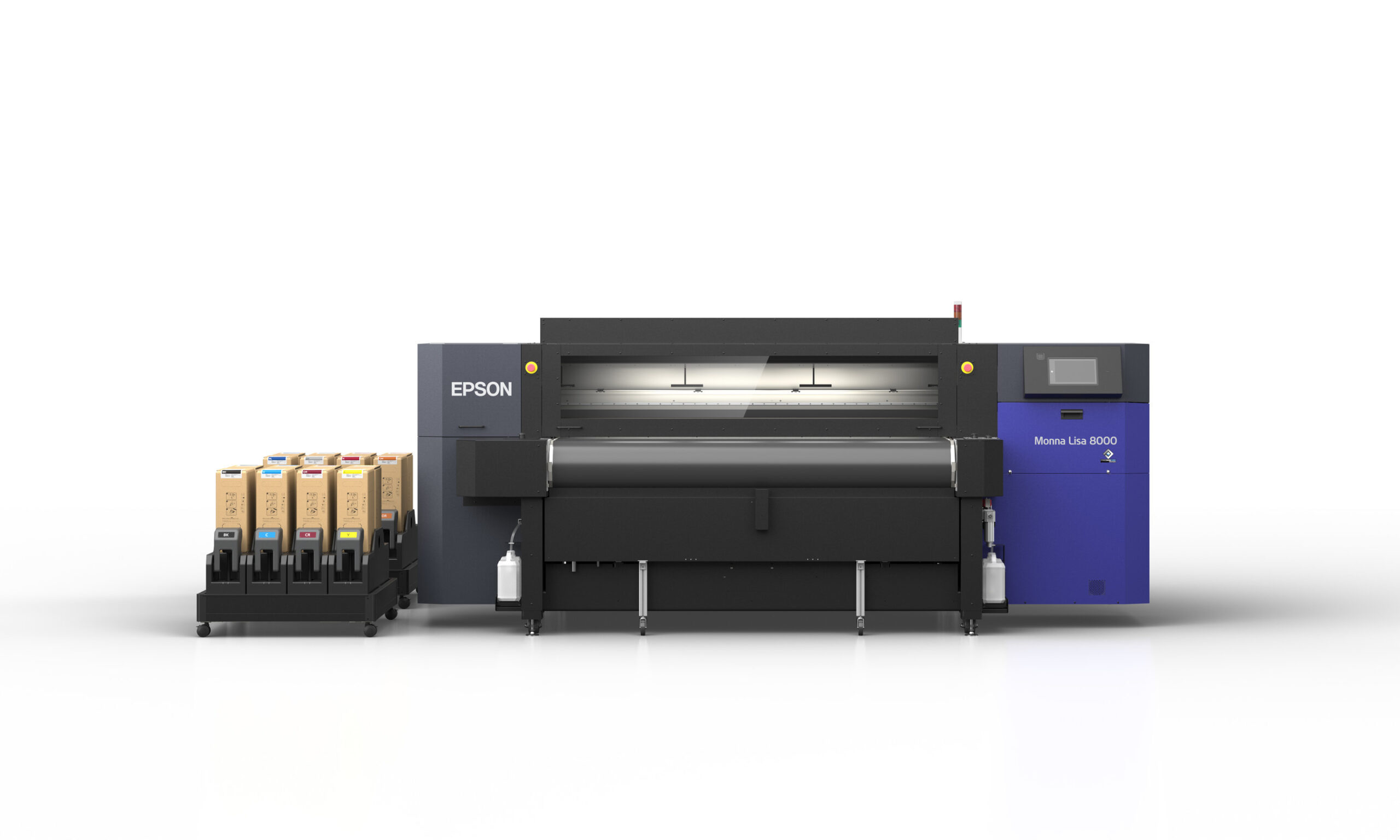A Guide to Choosing the Right Work Gloves

Selecting the right work gloves is crucial for ensuring safety, comfort, and efficiency on the job. With the variety of materials, designs, and specific uses available, you must understand what factors to consider when making your choice.
Whether you’re handling hazardous chemicals, sharp objects, or heavy machinery, the appropriate gloves can protect you from injuries and enhance your performance. Let’s look at a guide to choosing the right work gloves and how to determine which ones are best for your specific needs.
Know Your Job
The first step in selecting the right work gloves is to understand your job’s demands. Consider the type of tasks you’ll be performing, the hazards involved, and any specific requirements or regulations. For example, working with electricity requires gloves with nonconductive materials, while working with chemicals calls for gloves that can resist corrosion and permeation. Properly assessing your job will help determine which properties your gloves need to have.
Types of Materials
Work gloves come in a variety of materials, each with its strengths and weaknesses. Here are some common ones:
Leather
Leather is one of the most popular choices for work-glove materials due to its durability and protection against abrasions and punctures. It also resists heat and flames, making it suitable for welding or other high-temperature tasks. However, leather can be heavy and may not provide sufficient grip in wet conditions.
Cotton
Cotton gloves are lightweight, breathable, and inexpensive. They’re ideal for light-duty work that requires dexterity and sensitivity, such as assembling small parts or handling delicate materials. However, they offer minimal protection against hazards like cuts or chemicals.
Synthetic Materials
Synthetic gloves are a popular alternative to leather, as they can mimic its properties while providing more flexibility, grip, and breathability. Common synthetic materials used include neoprene, nitrile, vinyl, and latex. Each has its strengths. For example, nitrile resists oils and chemicals, while neoprene is better for heat and mechanical hazards.
Considering the Design
Once you have determined which materials are suitable for your job, it’s important to consider the design of the gloves. Here are some features to keep in mind:
- Cuff length: The cuff length can provide additional protection to your wrists and forearms. Longer cuffs can also prevent debris or liquids from entering through the top of your gloves.
- Finger dexterity: Some tasks may require more finger dexterity, so look for gloves with textured fingertips or ones that allow for better movement.
- Grip: Different materials and textures on the palm and fingers can affect grip. Consider whether you need a strong grip or if too much grip may interfere with your tasks.
- Lining: Some gloves have a lining for added comfort or insulation. When selecting a glove with a lining, consider your work environment’s temperature.
Getting the Proper Fit
Make sure to choose work gloves that fit properly. Gloves that are too loose can slip off and increase the risk of injury, while gloves that are too tight can restrict movement and decrease blood flow. Measure your hand size and compare it to the sizing chart from the manufacturer to find your perfect fit.
Choosing the right work gloves involves understanding your job requirements, considering different materials and designs, and ensuring proper fit. Whether you need Kevlar work gloves or chemical-resistant ones, taking the time to select the right type can significantly impact your work safety and performance. Stay safe and productive with suitable work gloves for your needs.





